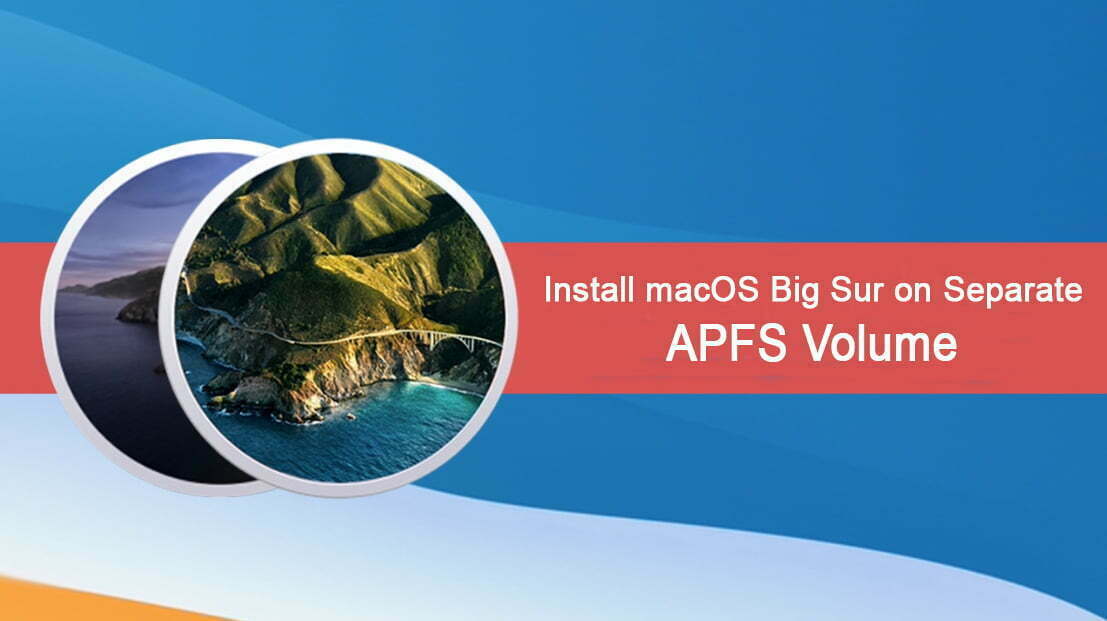Mac Ssd Apfs

APFS Bootable Clone With Command Line Roxio player for mac.
After multiple trial and error attempts, we finally mastered APFS and are ready to share the knowledge on creating APFS bootable backup with macOS command line. Having such copy on an external drive is rather useful in case something disastrous happens to your local disk, you will have an exact copy of the disk that can be connected externally to your Mac and boot it up. Clone copy of your disk will protect you against any physical or software damage to your computer and system disk, by preserving all the essential files and data.
I am trying to upgrade the Samsung EVO SSD I put into my MacBook Pro 2012 to APFS so I can upgrade to Catalina. I’m currently running Mojave. In Recovery Mode, the standard instructions on the internet are to select the drive, and click on APFS from the Edit menu. But my Edit menu does not have that option visible, I only see things like Undo. May 06, 2019 Boot into recovery using Command+Rat startup. Go to Utilities Terminal. Use this command to update the Preboot section of the disk to APFS. Diskutil apfs updatePreboot /Volumes/Macintosh HD/. Replace “/Macintosh HD/” with the name of your boot volume.
All of the commands below should be used in Terminal app on macOS 10.13 or later. Highlighted in bold parts should be replaced with your own respective volume name, disk ID, etc.
Using Disk Utility app create an APFS volume on your external disk. Make sure that your external disk use GUID partition scheme. It’s also important that created APFS volume size is equal or bigger than the source system volume. Let's name the external disk volume as BackupClone
Activate on-disk ownership on your disk volume with the help of vsdbutil tool. Copy/paste the string below into Terminal, change BackupClone part to your external disk volume name and press return:
Create full copy of the source system volume on BackupClone volume with the help of rsync tool: Windows programme auf mac.
Now we need to make our clone bootable. To do this we need to create a new Preboot volume in APFS container that includes BackupClone and copy system files from source Preboot volume in there.
Check the current situation with all your volumes:
As a result we see that MyDisk (disk1s1) is the source, and BackupClone (disk3s1) is our clone copy destination
Create Preboot volume in APFS container disk3 that includes BackupClone:
In the new Preboot volume let's create a folder, name the folder exactly as UUID of your volume BackupClone (disk3s1).
UUID can be obtained with diskutil:
Copy/paste this UUID to create a folder on Preboot volume:
Now mount the source Preboot volume:
Obtain UUID of the source volume and copy system files from source volume to external Preboot volume:
Copy files using rsync tool:
Unmount Preboot volumes one by one:
Specify the path to boot files folder on your clone volume:
Update dyld's shared cache on clone volume using update_dyld_shared_cache tool:
In System Preferences open Startup Disk tab, then select BackupClone and press Restart button. Your computer will restart and boot up from created BackupClone volume.

Now you successfully created a bootable clone of your APFS disk volume. The next time you need to boot up your Mac from the clone, connect the external drive and start your Mac holding Option (Alt) key, until boot disk selection appears.
Keep getting the message “This volume is not formatted as APFS”?
If you are not familiar with APFS, it is a new file system developed by Apple which stands for Apple File System. Since the rise of micro design computers, they found a way to optimize SSD and flash memory through this. It is faster when it comes to data transfer as compared to older version file systems.
However, with this new improved file system, there is a slight disadvantage. Several Mac users have reported the issues that they’ve been constantly been getting the “This volume is not formatted as APFS” message. Now it’s important to note that APFS format is not backwards compatible with older version file systems. Transferring files from a hard drive that is using the old version file systems to APFS formatted disk is unsupported. Hence, we will need to convert your drive to APFS to remove that message being repeatedly thrown at your face. But the question is how do you convert your drive to APFS?
In this guide, we will be going over how you can fix the issues as well share a few alternative ways including formatting your existing drive to APFS in order to remove the annoying pop-up message once and for all.
Apfs Or Mac Os Journaled
Without wasting another second, let’s dive in!
TABLE OF CONTENTS
How to Fix This Volume is Not Formatted as APFS: 4 Ways
1. Use Disk Utility to Erase and Format.
If you know someone who uses macOS Sierra or other similar macOS, you can actually use their computer to convert your drive to APFS format. The possible reason why your conversion option to APFS is greyed out is that you are using the hard drive to process. The concept of this is similar to your computer operating system. Your computer does not allow you to tamper the system files to prevent malfunctioning while you are using it.
However, since you are using another computer to do this for you, the process of conversion is now possible. But it’s essential that you know how to remove your hard drive from your computer and put it in a drive enclosure (sounds complex, we know, but bear with us
UNDER MAINTENANCE